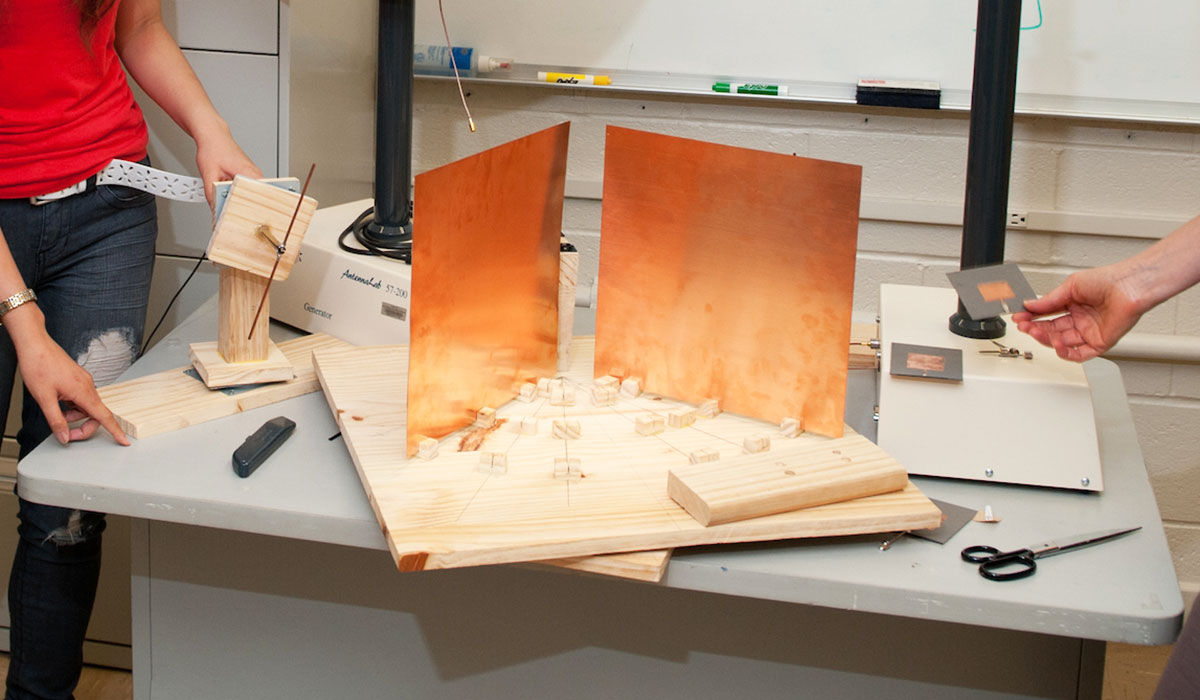Graduate Courses by Topic
Graduate students in Electrical Engineering and Computer Science can choose advanced courses in a variety of topic areas.
Learn More
Broadband networks: Asynchronous Transfer Mode based networks; Optical Transport Networks: Architectures, protocol layers, protection and restoration; Wireless networks: Iterative (turbo) processing techniques; Network Security: Multimedia authentication; Applications: Multimedia over IP, multi-protocol over optical transport networks, optical internet;
Application of detection and estimation theory to broad areas of signal/image processing, radar tracking, chemical agent detection and classification, image sequence restoration, image motion detection and estimation.
Antenna design and development for different applications, such as wireless communications, satellite communications, and military platforms; Creating and using antenna design tools for different antennas such as reflectors and phased arrays; Implications of antenna performance on communication systems; Characteristics of wave propagation through different media, such as random media, layered media, etc.
Enhance automation in motion planning and provide assistance in human-machine cooperative tasks in complex domains such as robotic-assisted surgery, robot manipulation, mobile robotics, and air-traffic control.
Apply such tools as cryptography and statistics to solve security and privacy issues in wireless networks, and also to enhance network security, system and web security, networking and network management.
Develop innovative computing architectures and expand the potential uses of reconfigurable systems, hardware acceleration, and heterogeneous architectures in general. It is paramount that a unified view of the hardware resources be provided independently of their type. This would facilitate ease-of-use, portability and hence the wide adoption of these promising technologies.

Graduate students in Electrical Engineering and Computer Science can choose advanced courses in a variety of topic areas.
Learn More